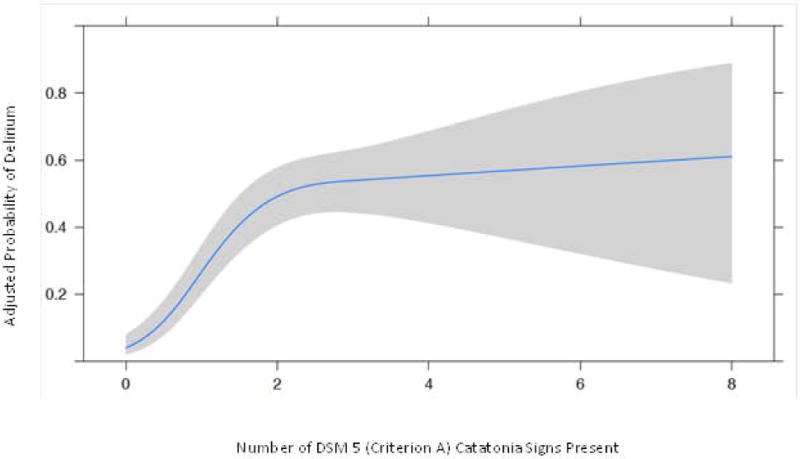Figure 3. Probability of Delirium at Different Catatonia Thresholds.

Probability of being delirious (CAM-ICU+) at various DSM-5 Criterion A cut-off points. * Clinical Interpretation: Again using the interquartile ranges of the cohort distributions to paint a clinically interpretable picture of the meaning of these data, a patient with 3 DSM-5 catatonia signs present had 27.8 times the odds (95% CI: 12.7, 60.6) of being delirious in comparison to a patient with 0 DSM-5 catatonia signs present; p= <0.001. NOTE: This figure uses the reference standard DSM-5 criteria for catatonia. This threshold of ≥3 DSM-5 items for catatonia is distinct from the Bush Francis Catatonia Screening Instrument (BFCSI) thresholds shown in Table 2, which are presenting validation data of a bedside instrument that could be used by non-psychiatrists in routine ICU care.
See Figure Legend for clinical examples that explain the application of these data.
‡ Delirium was diagnosed using CAM-ICU: Confusion Assessment Method for the ICU.
† The gray shaded area represents the 95% Confidence Interval (CI).
